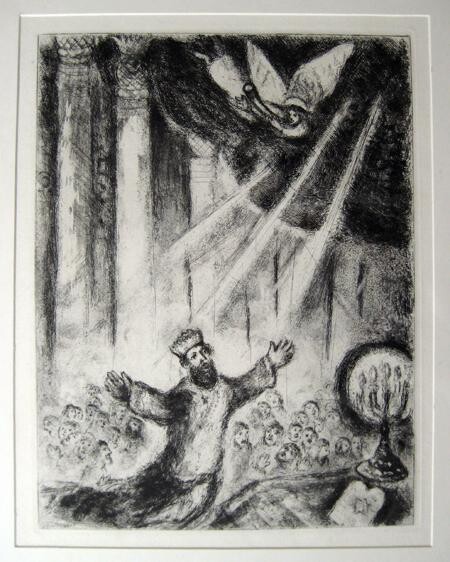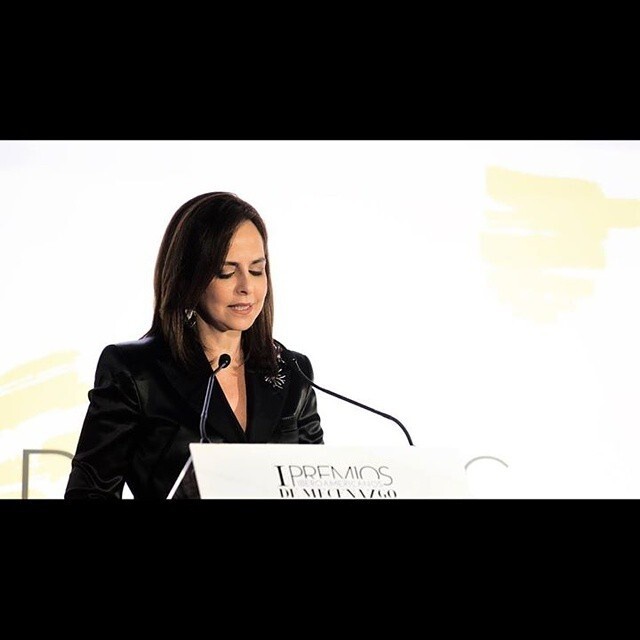More info
- Packaging (Box or cardboard packaging) All artworks are shipped with a premium carrier, carefully protected and insured.
- Tracking Order tracking until the parcel is delivered to the buyer. A tracking number will be provided so that you can follow the parcel in real-time.
- Delay Worldwide delivery in 3 to 7 days (Estimate)
- Customs not included The price does not include customs fees. Most countries have no import tax for original artworks, but you may have to pay the reduced VAT. Customs fees (if any) are to be calculated on arrival by the customs office and will be billed separately by the carrier.
More info
- Trackable Online Certificate of Authenticity Authenticity Certificates can be verified online at any moment by scanning the artwork code.
- Artist Value Certification Experts study the work and career of an artist then establish an independent and reliable average price value. The average price value situates the artist on a price range for a given period. The experts may also be asked to establish a more precise estimate for a particular work.
More info
100% secure payment with SSL certificate + 3D Secure.
More info
We are sorry, the image file we have for this artwork is too small.
Please contact us with all your project's details and we will find a solution with you.
Contact Us
-
Original Artwork
Printmaking,
Etching
- Dimensions Height 8.9in, Width 8.7in
- Categories Printmaking under $5,000 Figurative
Medium : Original Etching, 14th December 1931/39, on Arches paper, with W monogram watermark, signed in the plate (below left). Collectors rubber stamp mark verso (Unreadable)
Edition: 295 copies of which a signed and numbered editon of 100 was made, with hand colouring, and the rest unsigned as in our case.
20 hors commerce copies reserved for collaborators, numbered from I to XX.
Reference: Sorlier No 277. Cramer Number 29
Published by: Teriade, 1956
Printed by: Raymond Haasen, Paris
Historical Note: Marc Chagall was a devout Jew and his faith was often portrayed in his art. In 1931/39 he created a magnificent series of 105 etchings which were published, in 1956, by the famous Teriade. These came in an Arches paper wove cover with four folded flaps and black printing on the front. This is plate 79 from the Bible series. The massive work was not only a considerable artistic achievement but was also a statement of the artists faith in his religion in which he explored the deeds of the Patriarchs and their relationship with god. The work illustrates a tract from the First bok of Kings (1 Ki.8.22) “And Solomon stood before the altar of the Lord in the presen ce of all the congregation of Israel, and spread forth his hands towards heaven”. Solomon had built his famous temple the ruins of which can still be seen in Jerusalem today.
Size: 222 x 225 mms
b. 1887, Vitebsk, Russia; d. 1985, Saint-Paul-de-Vence, France
Marc Chagall was born July 7, 1887, in Vitebsk, Russia. From 1907 to 1910, he studied in Saint Petersburg, at the Imperial Society for the Protection of the Arts and later with Léon Bakst. In 1910, he moved to Paris, where he associated with Guillaume Apollinaire and Robert Delaunay and encountered Fauvism [more] and Cubism [more]. He participated in the Salon des Indépendants and the Salon d’Automne in 1912. His first solo show was held in 1914 at Der Sturm gallery in Berlin.
Chagall visited Russia in 1914, and was prevented from returning to Paris by the outbreak of war. He settled in Vitebsk, where he was appointed Commissar for Art in 1918. He founded the Vitebsk Popular Art School and directed it until disagreements with the Suprematists resulted in his resignation in 1920. He moved to Moscow and executed his first stage designs for the State Jewish Chamber Theater there. After a sojourn in Berlin, Chagall returned to Paris in 1923 and met Ambroise Vollard. His first retrospective took place in 1924 at the Galerie Barbazanges-Hodebert, Paris. During the 1930s, he traveled to Palestine, the Netherlands, Spain, Poland, and Italy. In 1933, the Kunsthalle Basel held a major retrospective of his work.
During World War II, Chagall fled to the United States. The Museum of Modern Art, New York, gave him a retrospective in 1946. He settled permanently in France in 1948 and exhibited in Paris, Amsterdam, and London. During 1951, he visited Israel and executed his first sculptures. The following year, the artist traveled in Greece and Italy. During the 1960s, Chagall continued to travel widely, often in association with large-scale commissions he received. Among these were windows for the synagogue of the Hadassah-Hebrew University Medical Center, Jerusalem, installed in 1962; a ceiling for the Paris Opéra, installed in 1964; a window for the United Nations building, New York, installed in 1964; murals for the Metropolitan Opera House, New York, installed in 1967; and windows for the cathedral in Metz, France, installed in 1968. An exhibition of the artist’s work from 1967 to 1977 was held at the Musée du Louvre, Paris, in 1977–78, and a major retrospective was held at the Philadelphia Museum of Art in 1985. Chagall died March 28, 1985, in Saint-Paul-de-Vence, France
-
Nationality:
FRANCE

- Date of birth : 1887
- Artistic domains: Represented by a Gallery,
- Groups: Contemporary French Artists Artists presented by a gallery





 Solita Cohen: Art is a family passion
Solita Cohen: Art is a family passion
 Marc Chagall: A Journey Through Art and Imagination
Marc Chagall: A Journey Through Art and Imagination



